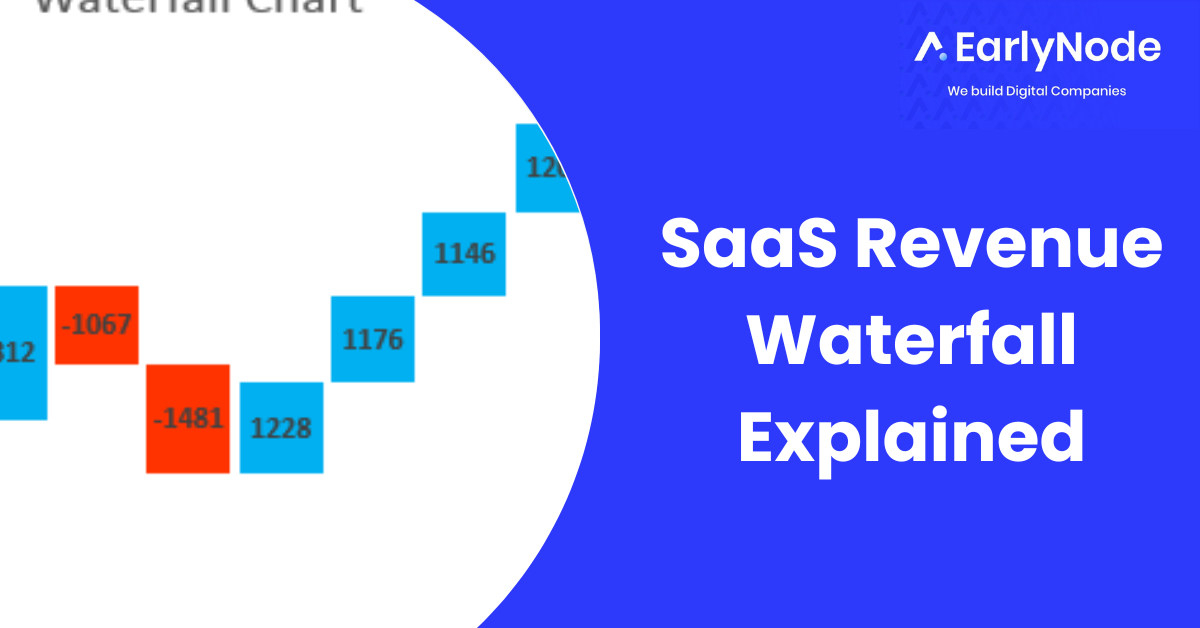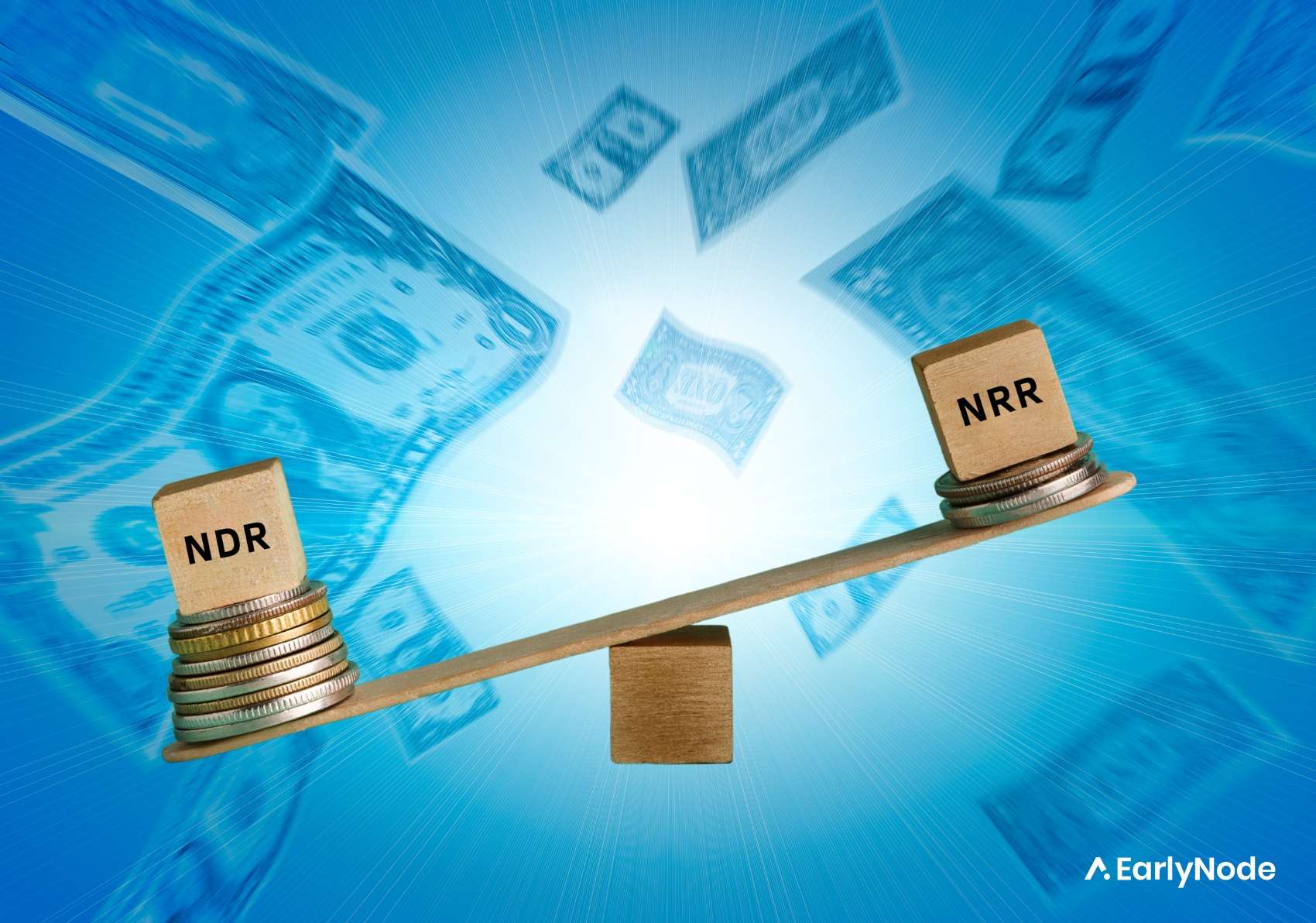Conducting A Churn Analysis In Your B2B SaaS

One of the saddest things to experience is a breakup, especially when you think you have something beautiful going on. In B2B SaaS business, we experience breakups too. We call it churn. As a founder, the worst thing you want is customers churning in their numbers. (It’s already hard finding a single customer and now you’re leaving too?😥)

But what if you knew why they churned? Churn analysis is essential to understanding why those users are ‘breaking up with you.’ In this blog post, we’ll discuss a churn analysis, why it could save your business, and how to perform one.
What is a Churn Analysis?
Churn analysis is the process of analyzing factors that affect your churn rate, or the percentage of customers who cancel their subscriptions.
Types of Churn
There are two main types of customer churn: voluntary and involuntary. Voluntary churn happens when customers choose to leave on their own, while involuntary churn occurs when customers are forced to leave because of a change in circumstance (such as price changes). Knowing which type of churn is responsible for most of your departures can help you develop strategies for reducing it.
Why should you analyze your churn?
Why should you care about churn? After all, isn’t it inevitable that some customers will leave? The answer is yes and no. Some level of customer churn indeed is to be expected in any business. But if your churn rate is too high, it can spell trouble for your business.
Churn analysis allows you to track how many customers are canceling their subscriptions and why. You need to dig into the numbers and figure out what’s happening. Analyzing enables you to do just that – evaluate strengths and weaknesses in your processes. For example, if you see that many customers who cancel their subscriptions do so within the first month, you can implement an effective onboarding process to help them get started with your service.
By understanding why customers are leaving, it can help you to predict future churn and take steps to improve retention rates.

How to perform a churn analysis
The first step in performing a churn analysis is to gather data on your customers. This data can come from a variety of sources, but the most important data points to track are:
- Customer type (e.g., enterprise, small business, etc.)
- Churn rate over time
- Revenue per customer
- The lifetime value of a customer
Once you have this data, you can start looking for trends leading to customer attrition. There are several different ways to do this, but some of the most common methods are:
- Identifying which customer types are more likely to churn
- Looking for changes in revenue per customer or lifetime value over time
- Finding groups of customers with similar characteristics who have high rates of churn
Once you’ve identified some potential reasons why your customers are leaving, you can start to put together a plan to reduce churn. This will likely involve making changes to your product or pricing and implementing new retention strategies. But whatever changes you make, the most important thing is to monitor your churn rate and make adjustments as needed continuously.
Conclusion
Churn analysis is important to help you understand why customers cancel their subscriptions. By evaluating your strengths and weaknesses, you can work on improving your processes to keep more customers. Have you ever done a churn analysis for your business? What were some of the findings? Let us know in the comments below!




